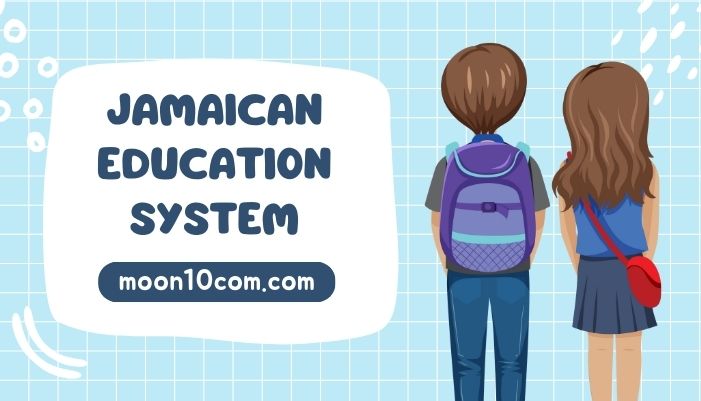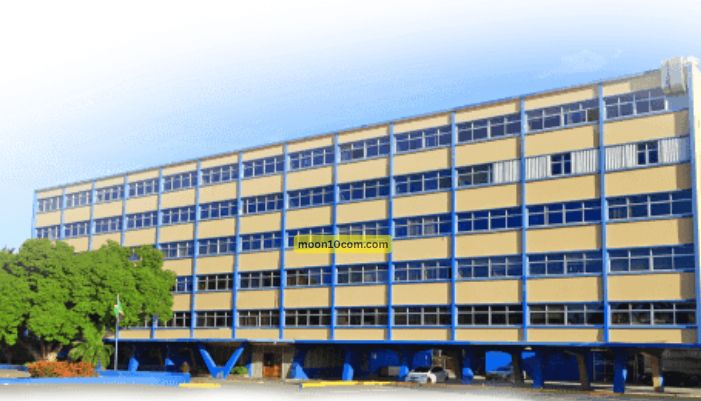The Jamaican education system is a key part of the country’s growth. It helps kids learn, build skills, and get ready for the future. Jamaica has made progress in education, but there are still some problems. In this guide, I’ll explain how the system works, what problems it faces, and what’s being done to fix them.
What Is the Jamaican Education System?
The school system in Jamaica is divided by age and grade level.
1. Early Childhood (Ages 0–5)
- Kids go to basic or infant schools.
- They learn simple skills like talking, counting, and making friends.
- This helps get them ready for primary school.
2. Primary School (Grades 1–6, Ages 6–12)
- Kids learn to read, write, and do math.
- They also learn about science, social studies, and religion.
- At the end of Grade 6, they take the PEP test. It helps decide which high school they attend.
3. Secondary School (Grades 7–11, Ages 12–17)
- Students study general subjects in Grades 7–9.
- In Grades 10 and 11, they prepare for CSEC exams. These exams help with jobs or college.
4. Post-Secondary (Grades 12–13)
- Students get ready for CAPE exams.
- These help them get into college or university.
5. Tertiary (College and University)
- Students study for degrees, diplomas, or certificates.
Top universities in Jamaica:
- University of the West Indies (UWI)
- University of Technology (UTech)
- Northern Caribbean University (NCU)
Who Runs the Schools in Jamaica?
The Ministry of Education leads the system. Other groups help too:
- Jamaica Teaching Council (JTC): Helps train teachers.
- National Education Inspectorate (NEI): Checks how schools are doing.
- Early Childhood Commission (ECC): Manages preschools.
- National Education Trust (NET): Builds and fixes schools.
Language in Schools
English is the main school language. But many kids speak Jamaican Patois at home. This can make learning hard, especially in early grades.
Big Problems in the Jamaican Education System
1. Poor School Buildings
- Some schools don’t have enough classrooms.
- Others have broken toilets or no clean water.
- Rural schools often have fewer resources.
2. School Costs
- Primary school is free.
- But parents still pay for books, uniforms, and transport.
- These costs can keep kids from going to school.
3. Teacher Shortages
- Many teachers leave for better pay overseas.
- Some schools don’t have enough trained teachers.
- Not all teachers get the help they need.
4. Low Test Scores
- Many students struggle with reading and math.
- More boys drop out than girls.
5. Life Challenges
- Some kids come to school hungry.
- Others face violence or lack of support at home.
- These issues hurt learning.
What’s Being Done to Fix It?
Education System Transformation Programme (ESTP)
- Makes schools more responsible for their performance.
- Helps them manage money and staff better.
New Curriculum
- Focuses on thinking, creativity, and teamwork.
- Helps kids enjoy learning more.
Focus on STEM (Science, Tech, Engineering, Math)
- The government wants more students to learn STEM subjects.
- New STEM schools and labs are being built.
Help for Poor Families
- Programs offer free lunch, bus fare, and scholarships.
- This helps keep kids in school.
Job Skills Training (TVET)
Jamaica helps students learn skills for real jobs.
- HEART/NSTA Trust: Offers hands-on job training.
- NVQ-J: Shows that a student is ready for work.
- Popular fields: Tourism, farming, computer skills, construction.
What Happens After High School?
After Grade 11, students can:
- Stay in school (Grades 12–13)
- Go to college
- Get job training (like HEART programs)
Top colleges:
- UWI: Offers law, science, medicine, and more.
- UTech: Focuses on tech, science, and business.
- NCU: A private Christian school with strong programs.
What Makes the Jamaican Education System Special?
- It blends Caribbean culture with global standards.
- Uses CSEC and CAPE exams, common in the Caribbean.
- Mixes academic learning with hands-on skills.
FAQ: Jamaican Education System
What is PEP in Jamaica?
PEP stands for Primary Exit Profile. It places students in high school after Grade 6.
Are there free schools in Jamaica?
Yes, primary schools are free. But parents pay for other costs like books and meals.
What exams do high school students take?
They take CSEC in Grade 11 and CAPE in Grades 12–13 if they continue.
Can students learn job skills?
Yes. Groups like HEART offer training in trades like plumbing or computer repair.
Final Thoughts
Jamaica’s education system has clear steps and strong colleges. It also gives students job skills. But problems like low scores, not enough teachers, and poor buildings still need work. New programs and support for families are helping. With more effort, every child in Jamaica can have a better future.

